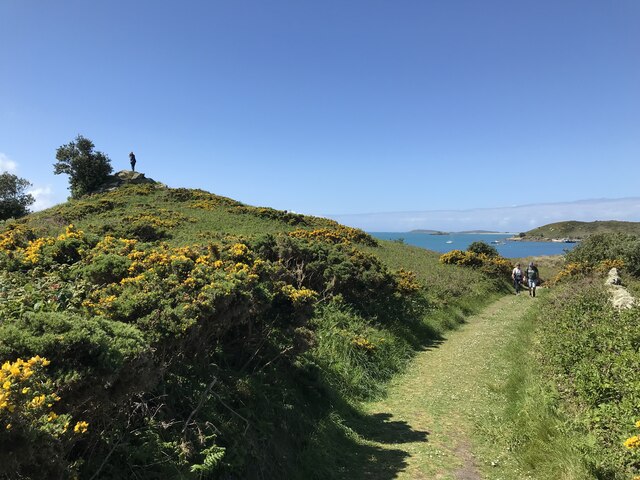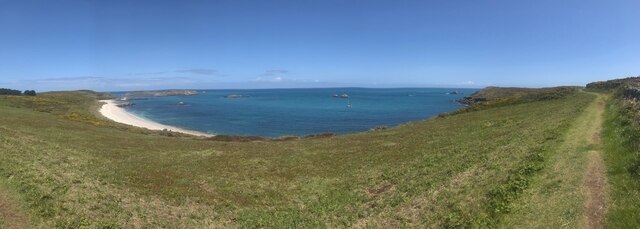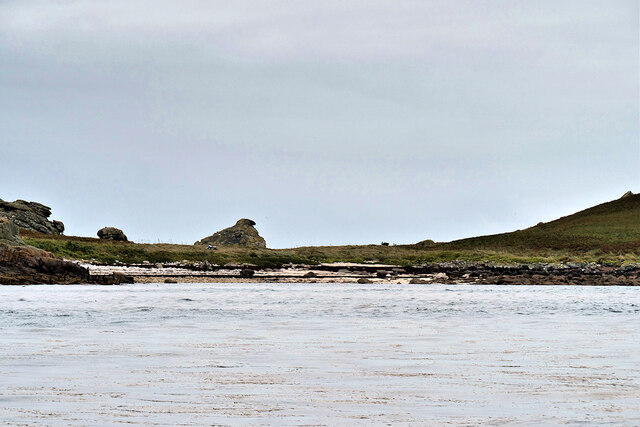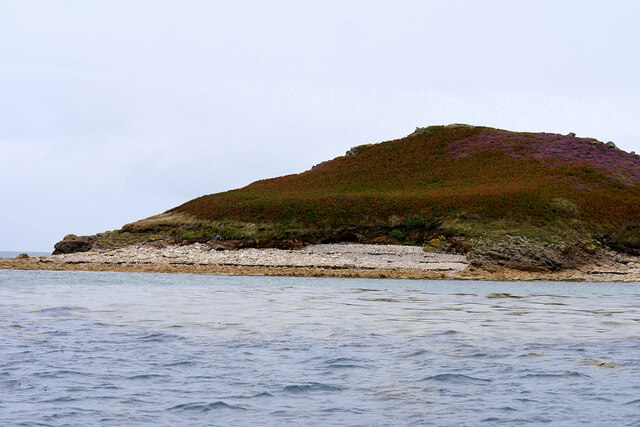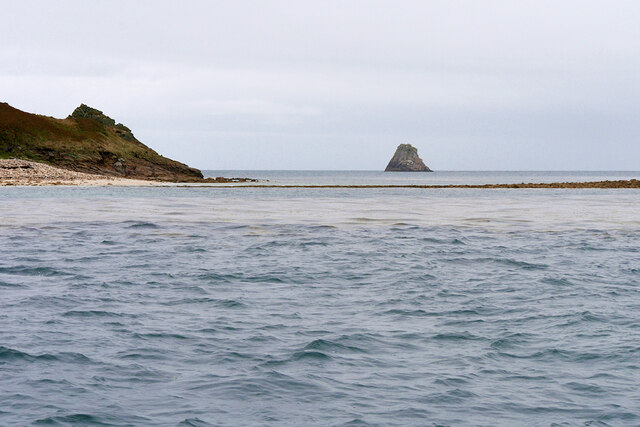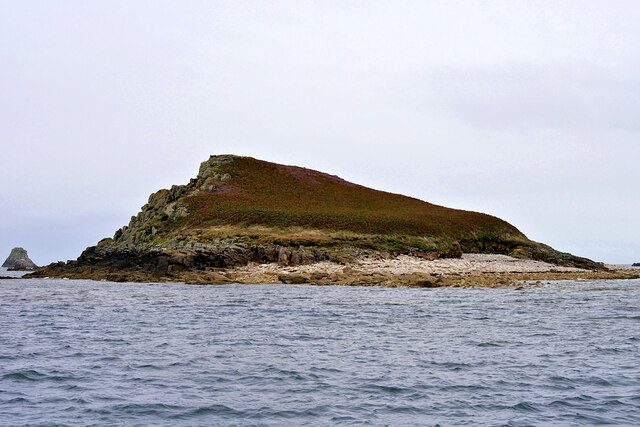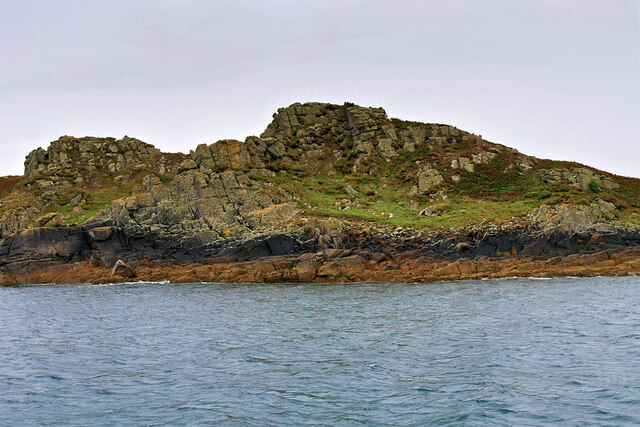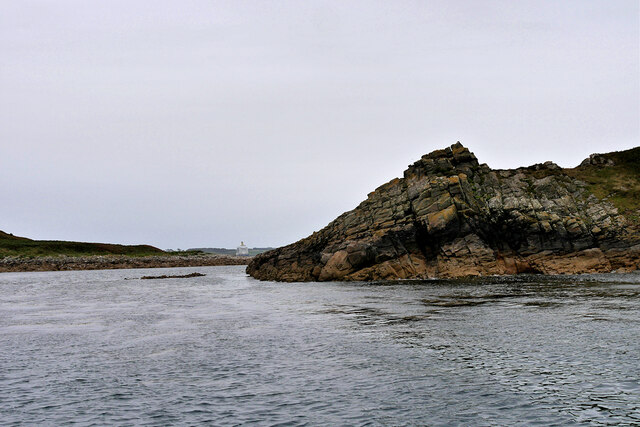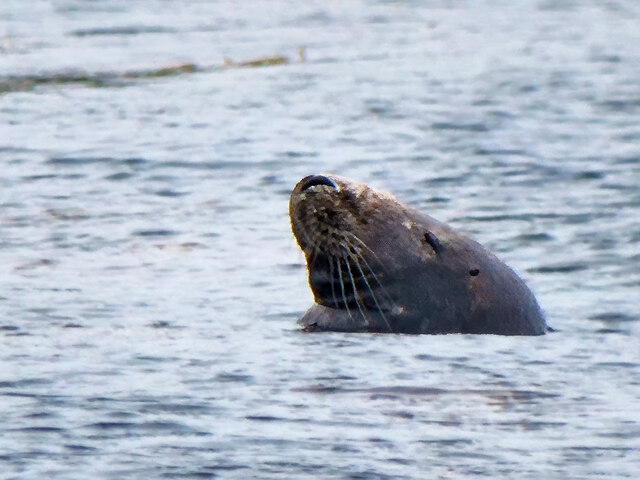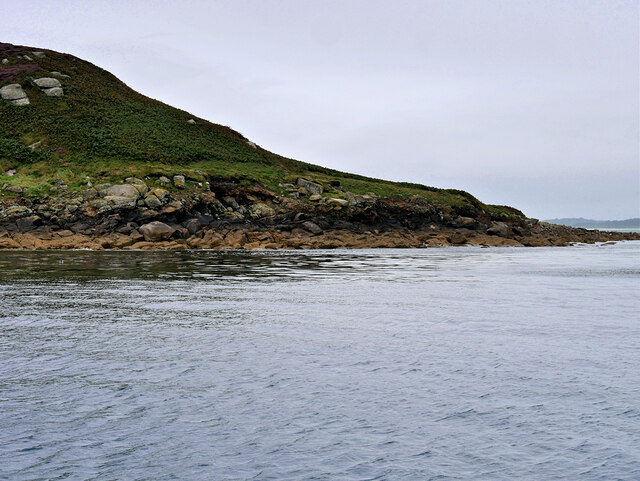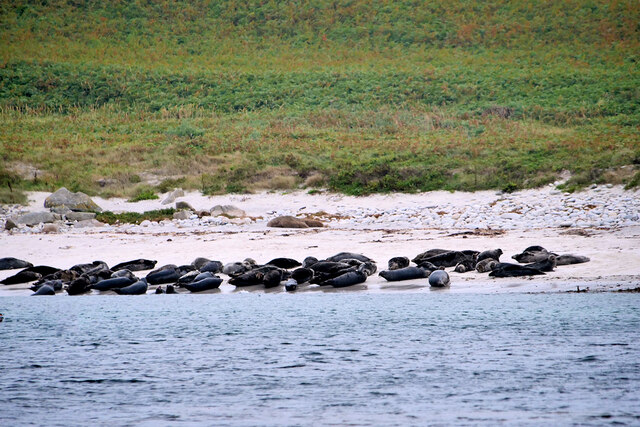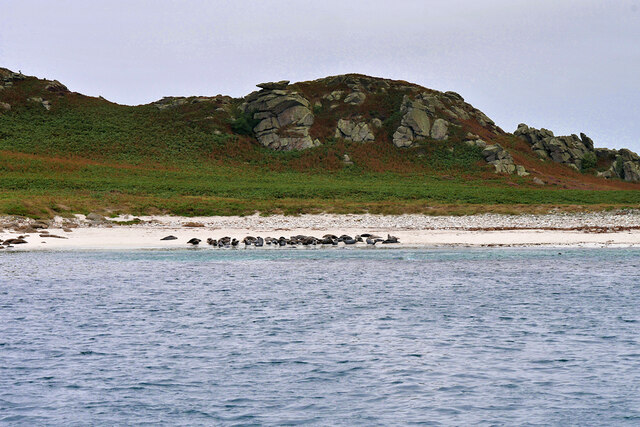Northward Bight
Sea, Estuary, Creek in Cornwall
England
Northward Bight
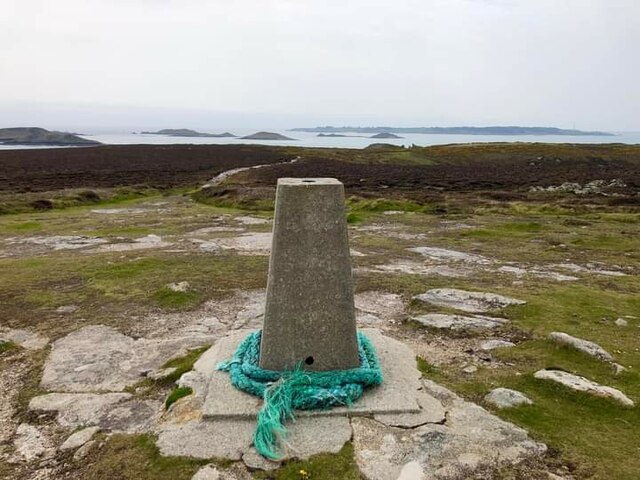
Northward Bight is a picturesque coastal area located in Cornwall, England. It is a unique blend of sea, estuary, and creek, making it a popular destination for nature enthusiasts and beachgoers alike. The area is characterized by its stunning natural beauty, with breathtaking views of the surrounding cliffs and rugged coastline.
At Northward Bight, visitors can experience the refreshing sea breeze and enjoy the sandy beach that stretches along the shore. The crystal-clear waters provide a perfect opportunity for swimming, snorkeling, and other water-based activities. The beach is also a great spot for sunbathing and picnicking, with plenty of space to relax and soak up the sun.
One of the main attractions of Northward Bight is its estuary, which is formed where a river meets the sea. This unique ecosystem is home to a variety of marine life and provides a vital habitat for birds and other wildlife. Birdwatchers can spot a wide range of species, including gulls, herons, and even the occasional osprey.
The creek at Northward Bight is another natural wonder to explore. It meanders through the landscape, creating a tranquil setting for kayaking, canoeing, or simply taking a leisurely walk along its banks. The creek is surrounded by lush vegetation and offers a chance to observe local flora and fauna up close.
Northward Bight is also an ideal location for hiking enthusiasts, with several scenic trails that wind their way through the cliffs and countryside. These paths provide stunning views of the coastline and offer the opportunity to discover hidden coves and secret beaches.
Overall, Northward Bight is a captivating destination that showcases the diverse beauty of Cornwall's coastline. Whether you are seeking relaxation on the beach, wildlife spotting, or outdoor adventures, this area has something to offer for everyone.
If you have any feedback on the listing, please let us know in the comments section below.
Northward Bight Images
Images are sourced within 2km of 49.965631/-6.2623195 or Grid Reference SV9415. Thanks to Geograph Open Source API. All images are credited.
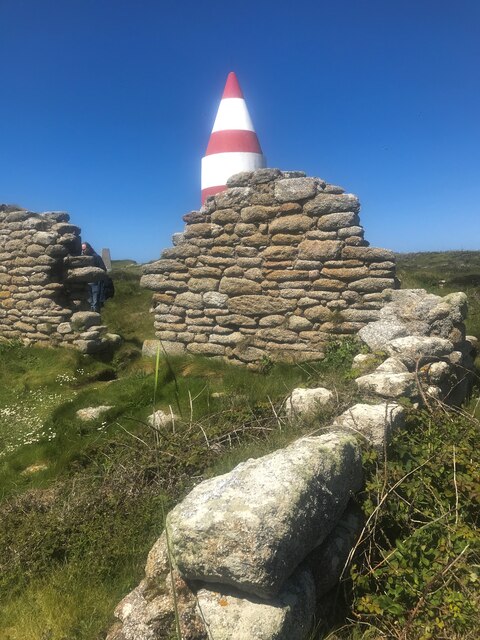
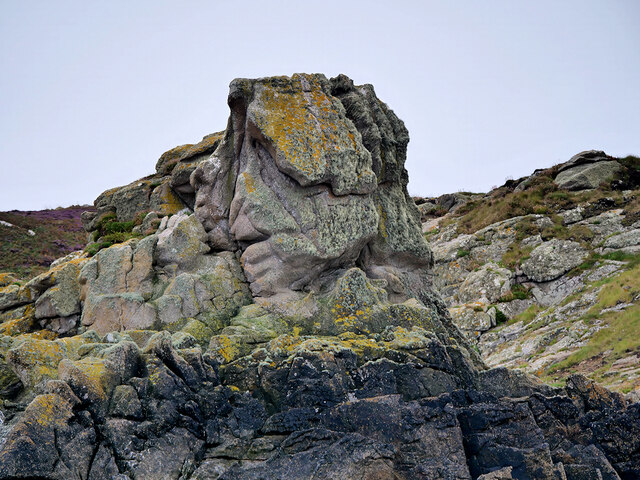
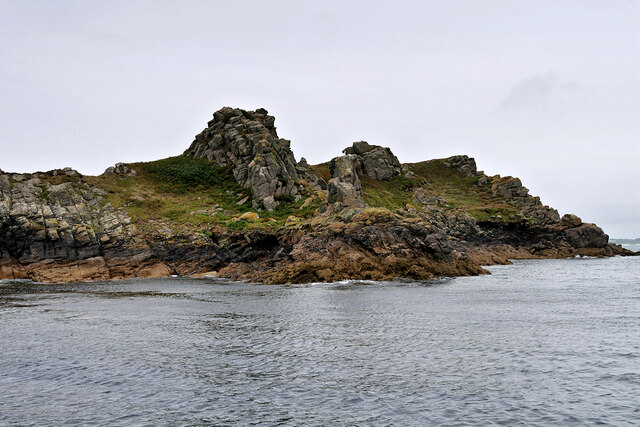
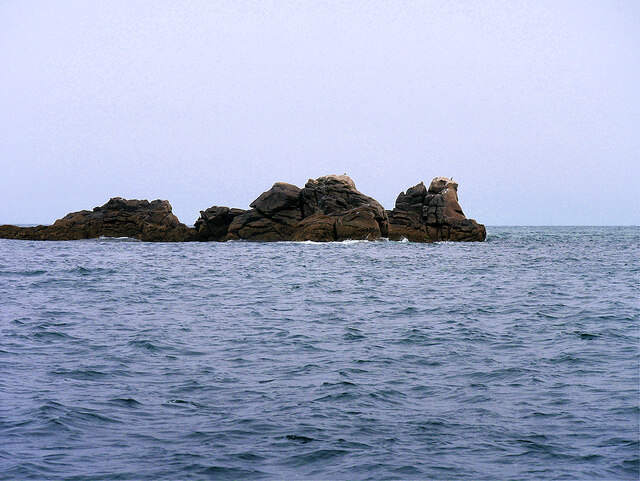
Northward Bight is located at Grid Ref: SV9415 (Lat: 49.965631, Lng: -6.2623195)
Division: Isles of Scilly
Unitary Authority: Isles of Scilly
Police Authority: Devon and Cornwall
What 3 Words
///oils.sediment.commoners. Near St Martin's, Isles of Scilly
Nearby Locations
Related Wikis
PS Earl of Arran (1860)
PS Earl of Arran was a passenger vessel operated by the Ardrossan Steamboat Company from 1860 to 1871 and the West Cornwall Steam Ship Company from 1871...
Great Ganilly
Great Ganilly ( gə-NIL-ee; Cornish: Goonhyli Veur, lit. 'great saltwater downs') is one of the Eastern Isles of the Isles of Scilly. It has a maximum total...
Eastern Isles
The Eastern Isles (Cornish: Enesow Goonhyli, islands of the salt water downs) are a group of twelve small uninhabited islands within the Isles of Scilly...
Higher Town, Isles of Scilly
Higher Town (Cornish: Trewartha) is the easternmost and largest settlement on the island of St Martin's in the Isles of Scilly, England. It is situated...
Nearby Amenities
Located within 500m of 49.965631,-6.2623195Have you been to Northward Bight?
Leave your review of Northward Bight below (or comments, questions and feedback).
